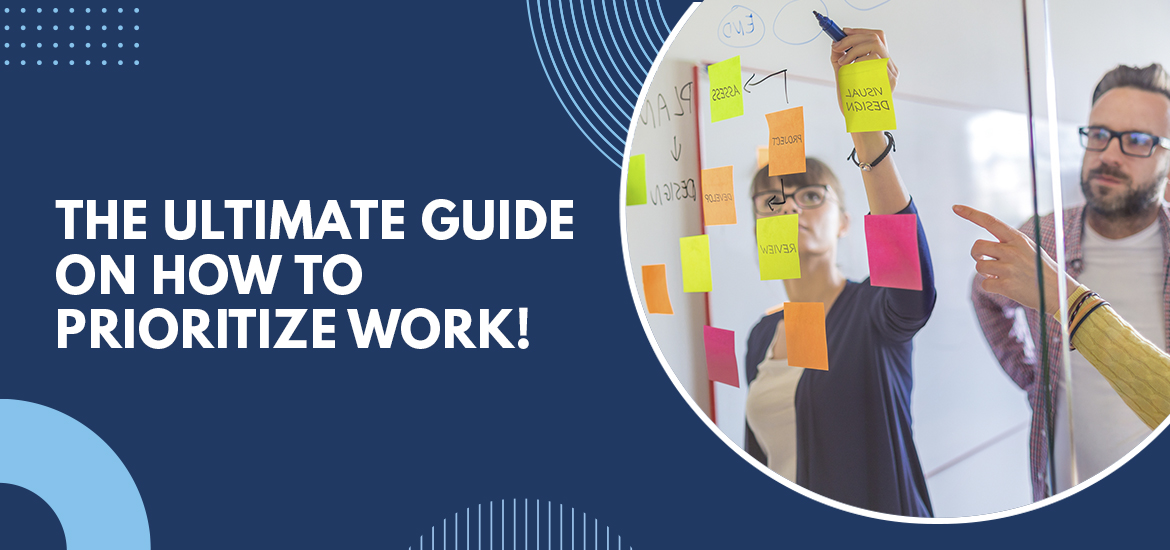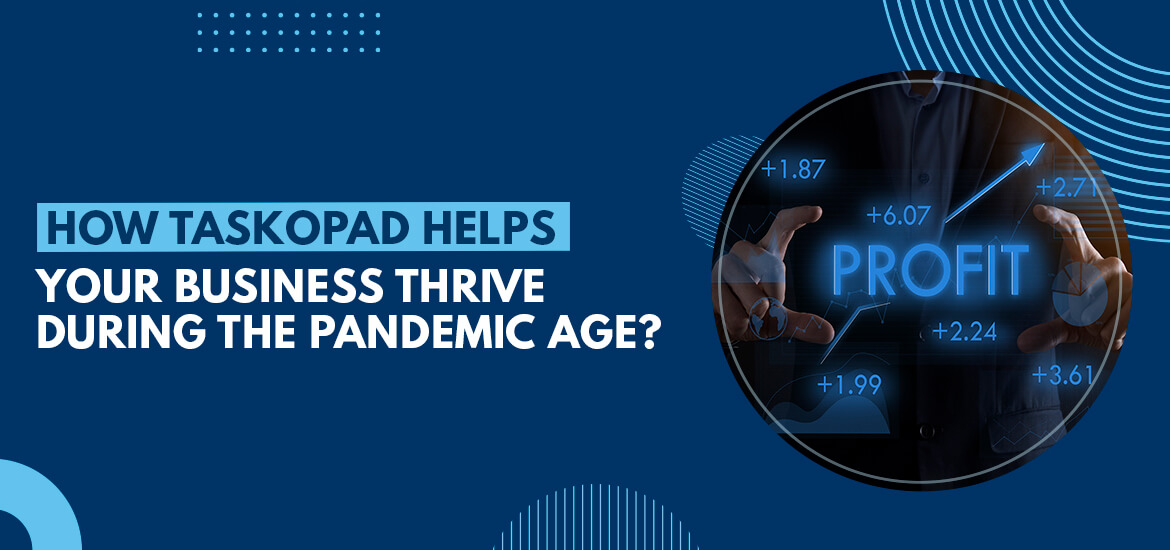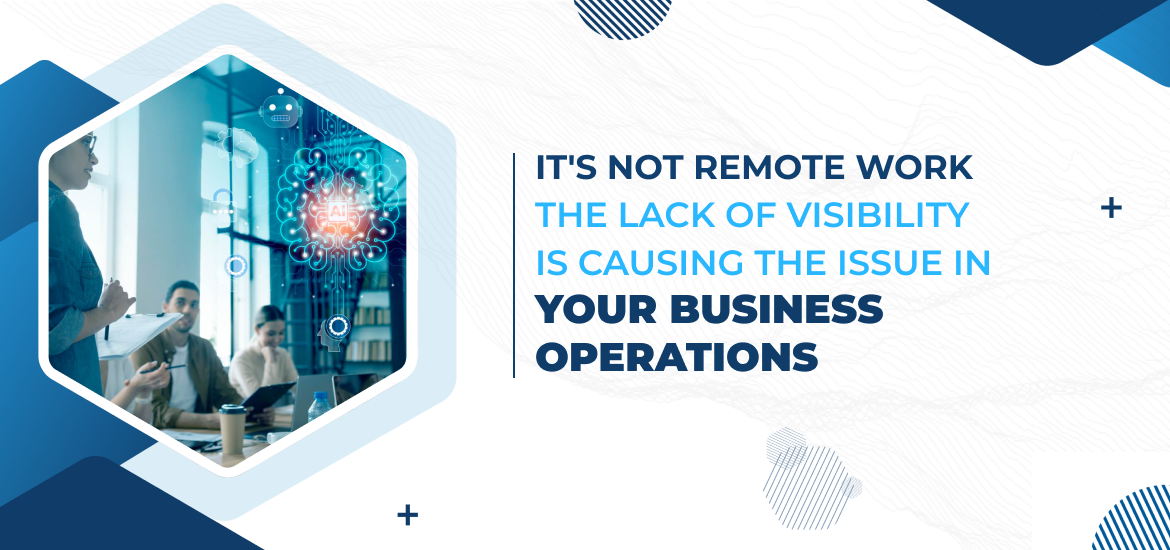
Productivity Tips And Tricks
How To Prioritize Tasks In Just 4 Steps? (With Tips)
Feb 27th, 2025
Ever feel like you’re drowning in a sea of to-dos at work? You’re not alone. We’ve all been there: a mountain of tasks, deadlines looming, and that nagging feeling that you’re just not focusing on the right things. So, how do you cut through the chaos and actually get things done? How do you know what deserves your immediate attention, and what can wait?
You need to understand the importance of task prioritization. Having the ability to distinguish between “What is urgent” and/or “What is important”, can help you master the art of task prioritization. In this article, we will see the detailed steps to prioritize tasks at work, and tips for task prioritization.
Steps To Prioritize Tasks At Work
1. Define Your End Goal & Create Master Task List
The first and foremost principle of prioritizing tasks, is to first define your goal and break it down into several smaller tasks. This will ensure that your tasks are aligned with the end objective that you are trying to achieve. This will also help in taking up those tasks that are extremely important & need to be completed within a timeline.
You will also be able to define which tasks have dependencies on external agencies or consultants. Creating this task list can be done via a task management software or a project management software which will also help professionals in time tracking on each of them. So, when you want to prioritize tasks at work, first thing you should be doing is defining goals and making a to-do list.
Also Read – How To Write SMART Communication Goals For Work
2. Identifying and Segregating Tasks
To prioritize tasks, after creating a To-Do list, the next step would be to identify which tasks are urgent. On your task management software dashboard, you will be able to see all your tasks & deadlines and the details that are associated with it. This should provide you a good understanding of which tasks need more time and attention. Industry veterans suggest using an Eisenhower matrix to quickly tackle this process.
According to this matrix, it is important to segregate urgent tasks from important ones. Urgent tasks include a quick corporate meeting, attending a phone call, or managing a discussion etc. whereas important tasks are those which have a long terms effect and contribute towards the long terms goal.
When prioritizing tasks one must always ask themselves which quadrant does their task fall into:
– Urgent and Important: Do these tasks as soon as possible
– Important, but not urgent: Decide when you’ll do these and schedule it
– Urgent, but not important: Delegate these tasks to someone else
– Neither urgent nor important: Drop these from your schedule as soon as possible
Similarly, tasks that take maximum amount of time and are extremely important can be scheduled and tacked with focus. With a project management tool, you can easily schedule which tasks need to be taken up immediately & which can be scheduled for later.
3. Smart Delegation Using Task Management Software
One of the most important parts of project management is delegation. When managers or team leaders have identified the difference between important and urgent tasks. They can easily assign the urgent ones to their team members who have the space & bandwidth to finish these easily, thereby give themselves time to focus on the important items of the day. However, it is important to delegate to those resources who have been trained.
A project management software helps assign tasks and sub-tasks to various team members involved in it. It also shows who is overloaded and who has space and time to finish simpler activities. It also lets people leave comments and updates on the sub-tasks.
4. Track and Communicate Task Progress
Once you delegate tasks based on their priority on task management software, you need to keep tracking the task progress. Based on the task’s progress, you need to communicate with the concerned stakeholder to make sure that there are no delays or blockers, and the project is progressing smoothly.
The Kanban board of the task management software is the perfect place for tracking the task progress. Task specific feedback can be communicated via the task management tools as well. This makes sure that the project is running smoothly without any major delay and you can achieve your desired goals by completing high priority and important tasks first.
Task Prioritization Tips
Be Flexible
While following prioritization exercises, it’s important to remember to be flexible. You need to be flexible enough to incorporate the changes that situation demands. Changes at the odd situations can be very disappointing, but it is in the best interest to switch boats at such times. A task management software helps in tracking progress of various tasks and projects while keeping a tab of the timelines.
Be Realistic
Last but not the least, managers need to be realistic of how much work can actually be achieved in a day. Unrealistic deadlines and expectations only decrease the team’s performance. Similarly, some days can be very unpredictable, there can be some meetings & interruptions that crop up and may delay the work.
Utilize Productive Hours
We all have our own hours of the day where our focus and attention is unwavering. It is important to take up tasks that are important and complex during those hours to ensure maximum productivity. The smaller tasks can be taken during the rest of the day when it doesn’t need too much attention. As a project manager, you need to convey this to your team members to get the best out of them.
Also Read – 7 Must-Have Features To Look For in Task Management Software
Concluding Lines
Mastering task prioritization is about gaining control over your workload and maximizing your productivity. By understanding the difference between urgency and importance, employing effective prioritization methods, and consistently reviewing your progress, you can transform your workday from a reactive scramble to a proactive success story.
However, even with the best strategies in place, managing a complex task list across multiple projects can be challenging. That’s where a robust task management tool like TaskOPad can be incredibly beneficial. It provides a centralized platform to organize your tasks, set priorities, track progress, and collaborate with your team, all in one place. Its intuitive interface and powerful features make it easy to implement the prioritization techniques we’ve discussed, ensuring that you’re always focused on the most critical tasks.
Search by posts
Search by posts
Recent posts
7-15-2025
Task Management Software
How to Choose the Best Task Management Software for Your Digital Marketing Agency
6-28-2025
Project Tracker Tool
Top 8 Steps to Execute Tasks Systematically for Accomplishing Your Project
6-27-2025
Project Management Software













